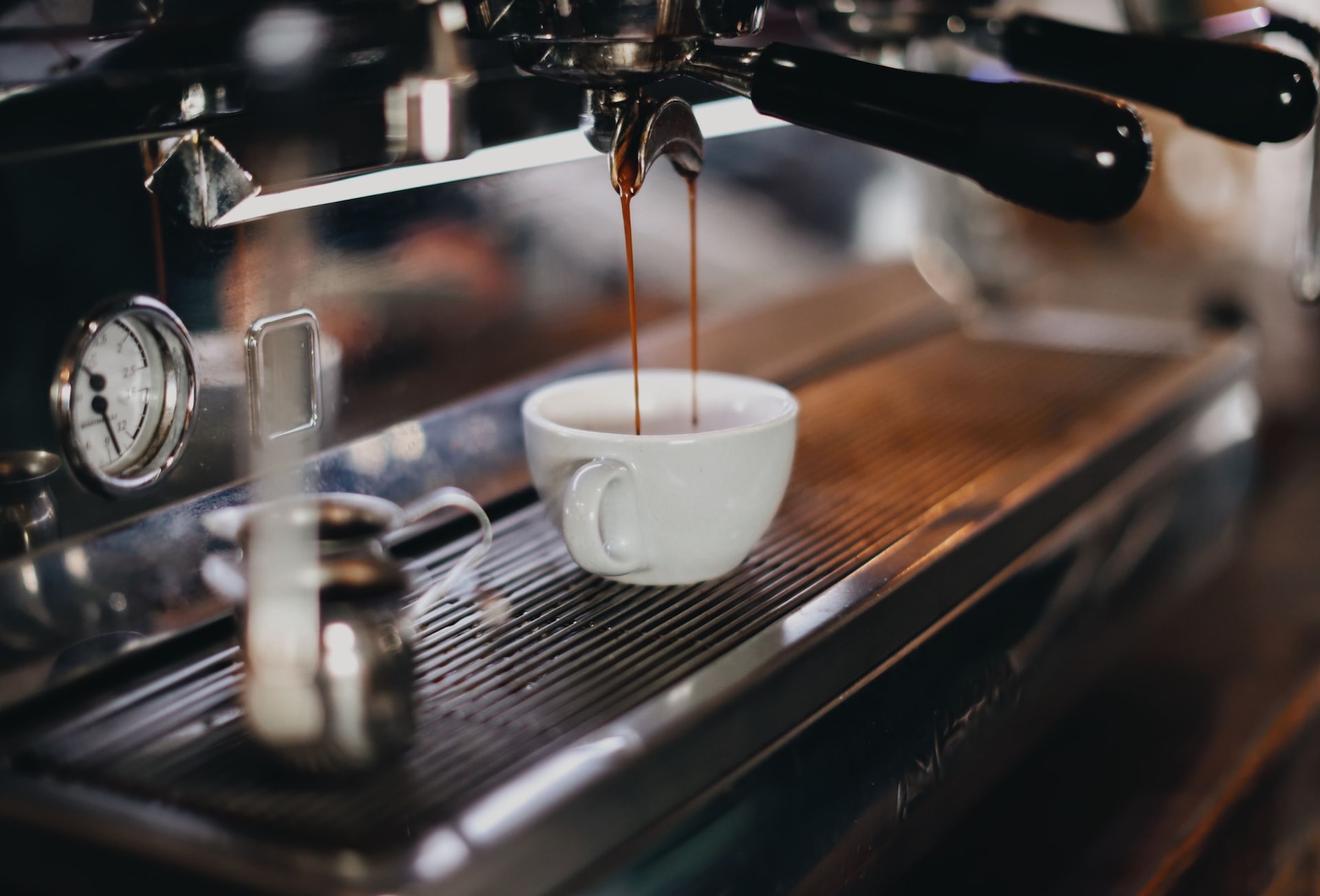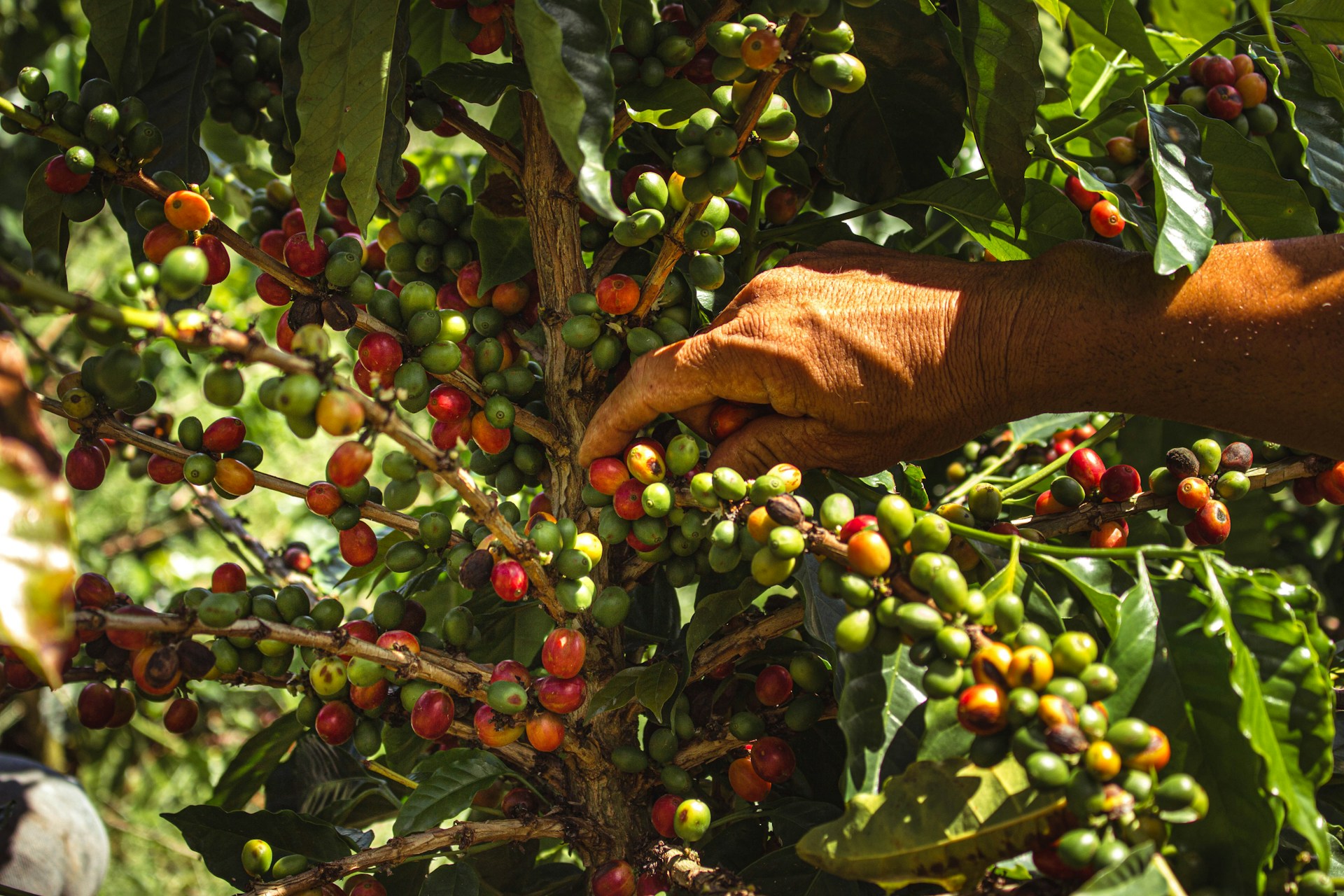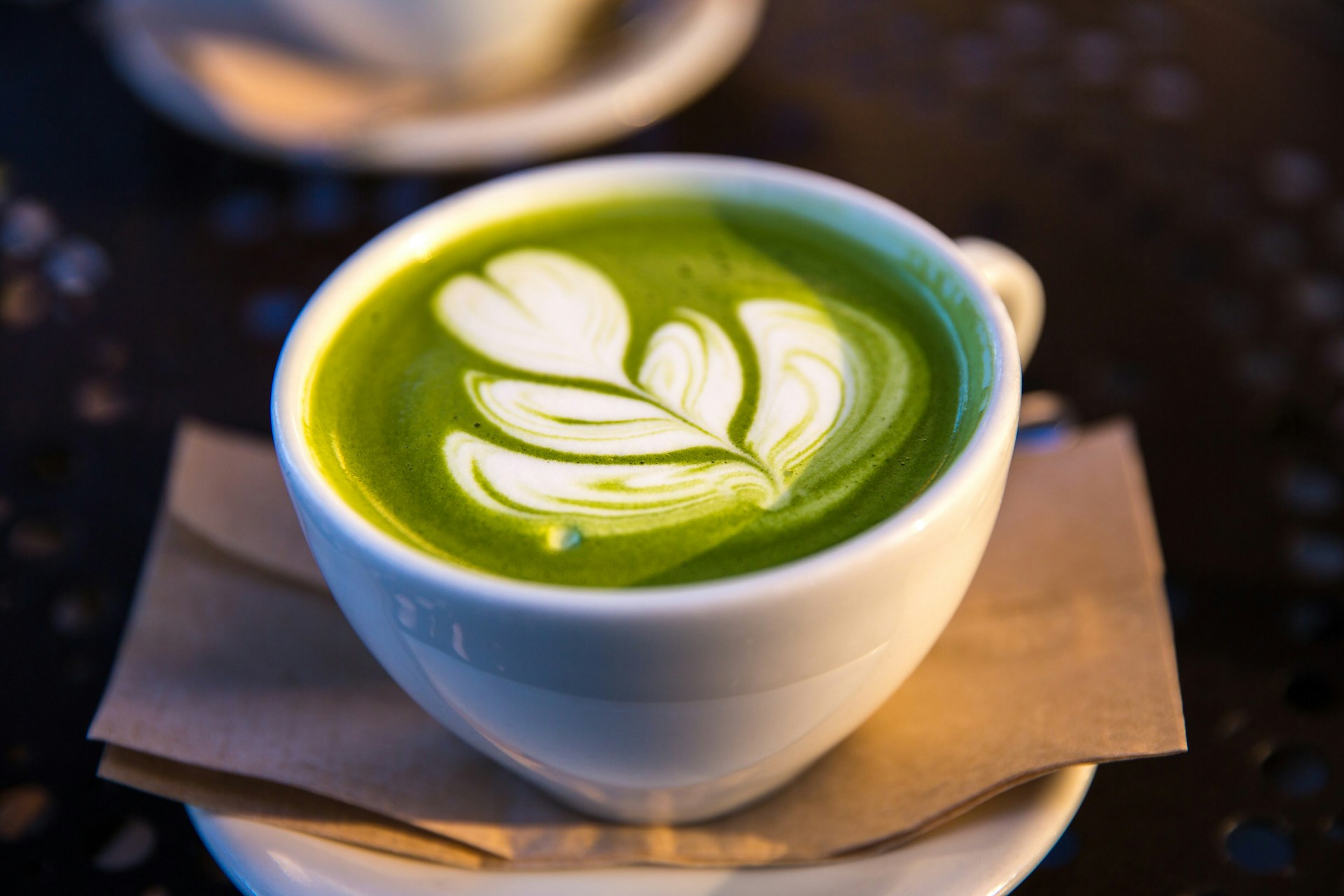With so many cafes and coffee franchises available to visit these days, coffee is consumed by millions of people across the world. And one of the great things about this delicious energy-fuelled drink is that it comes in all shapes and sizes.
Over the years, coffee has been played around with to create some of the popular brews we drink today. The espresso is a highly popular drink, and while the brew is small in size, it packs plenty of punch as it’s pure coffee.
We've had a look into the history of the espresso to have uncovered how the drink we know today ended up in our cups.
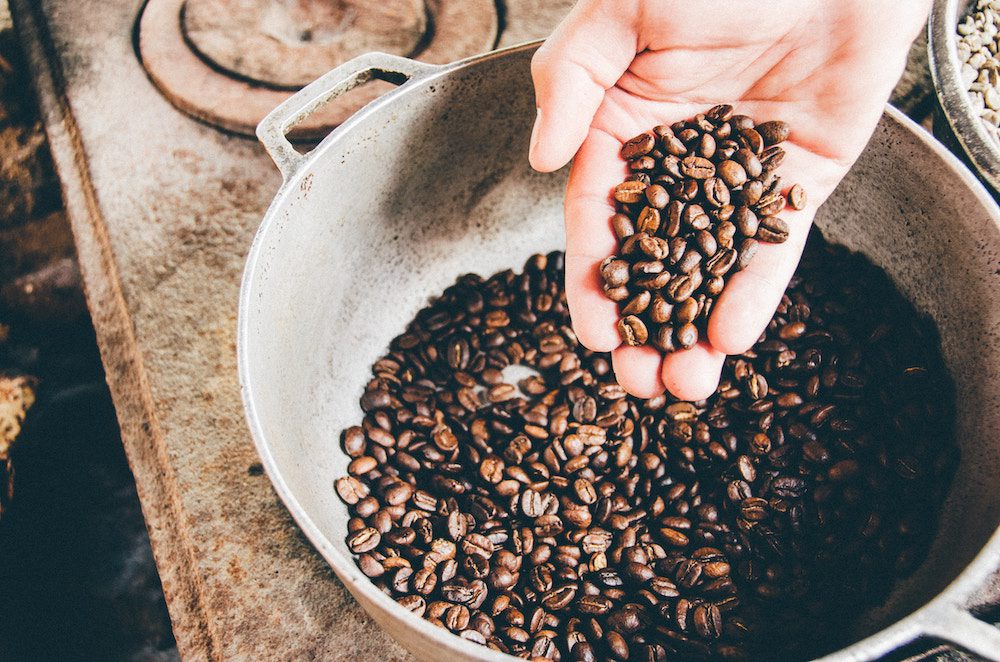
What is An Espresso?
In its simplest form, an espresso is essentially a strong black coffee that has been brewed under intense pressure.
How Do You Make An Espresso?
The process to create the drink is relatively easy; hot water is forced through finely-ground coffee beans until a concentrated drink is formed. Once created, the brew can be consumed as it is, or it can be mixed with water to make americano or milk to create a latte.
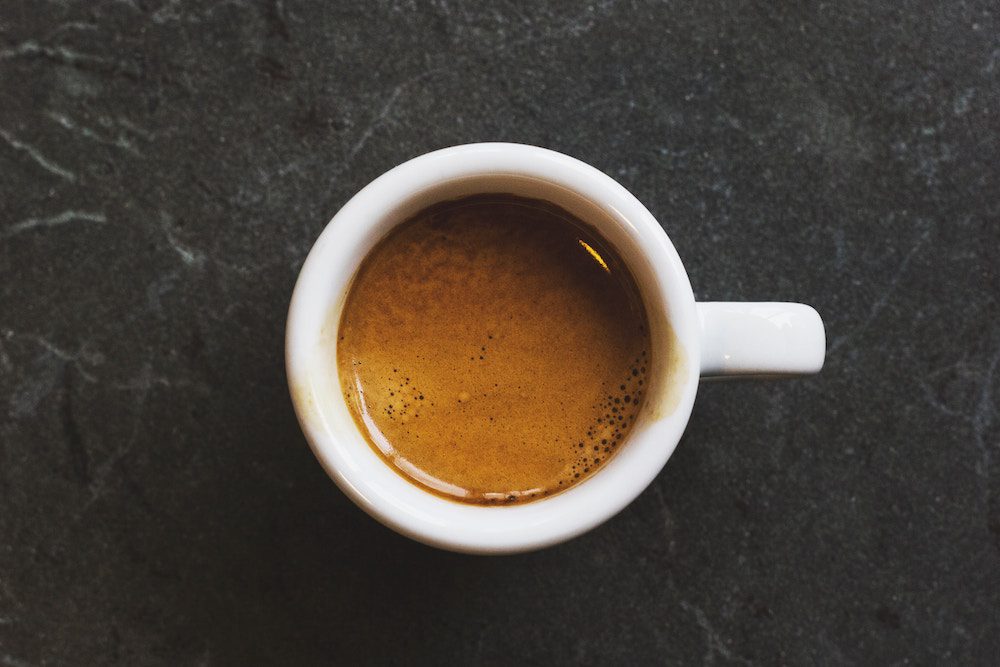
The Creation of the Espresso
There has been some deliberation as to where the espresso first came about, so we are here to set the record straight. Coffee was already widely enjoyed by many Italians because the product was brought over to the country during the Renaissance.
Where Was The Espresso Invented?
The espresso was then invented in Venice, Italy back in the early 20th century. The drink was created by businessman Luigi Bezzera who was experimenting with coffee to see how he could make his brew faster.
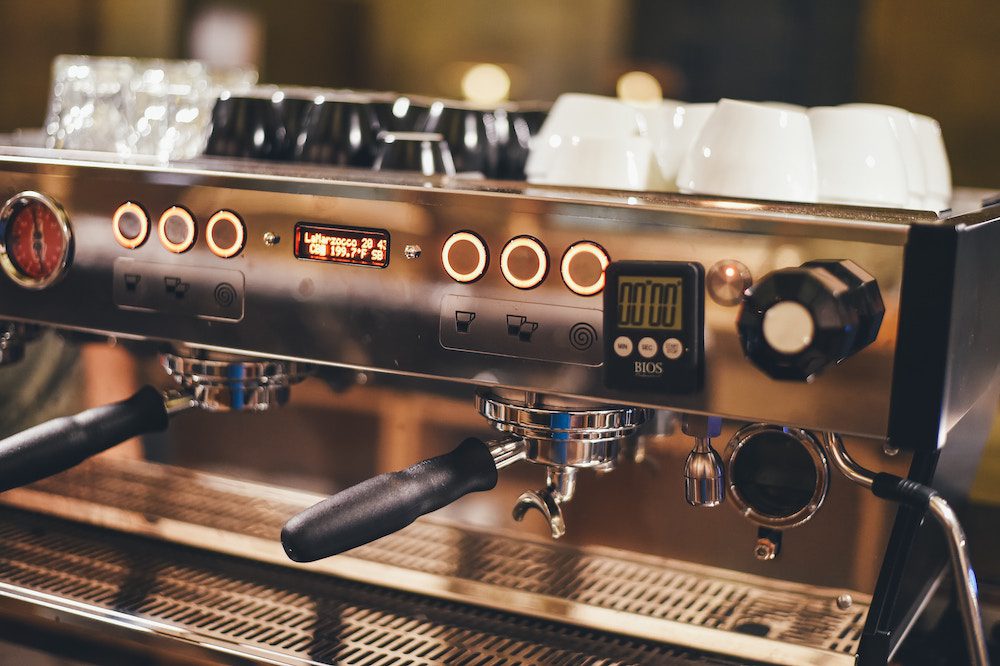
In 1903, he owned a manufacturing business, and it was frustrating him that making a cup of coffee would take up so much time. Later, after some experimenting, he discovered that adding steam pressure to the machine not only cut the time it took to create the brew, but it also created a much stronger drink.
The new process drew out all of the best qualities of the coffee beans and Bezzera quickly named the machine “Fast Coffee Machine”. As the Italian word ‘espresso’ translates to fast in English, the name of the brew originated from the first machine.
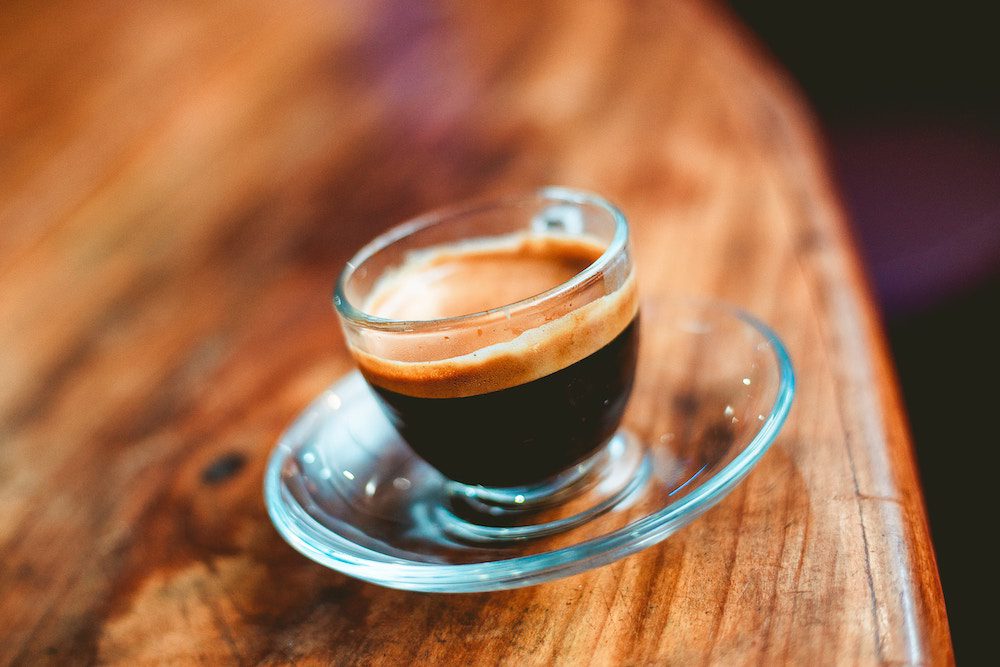
Unfortunately for Bezzera, while he was very smart and ahead of his time by creating the “Fast Coffee Machine”, his talents in marketing weren’t so successful.
Soon after his invention, in 1905, he met with Desidero Pavoni who purchased part of the machine’s rights from Bezzera, and then had it patented. Almost immediately, Pavoni’s name became associated with the espresso.
So, even though Bezzera was the original inventor of the ever-famous brew, it is, in fact, Pavoni that changed the way we drink coffee due to his marketing expertise.
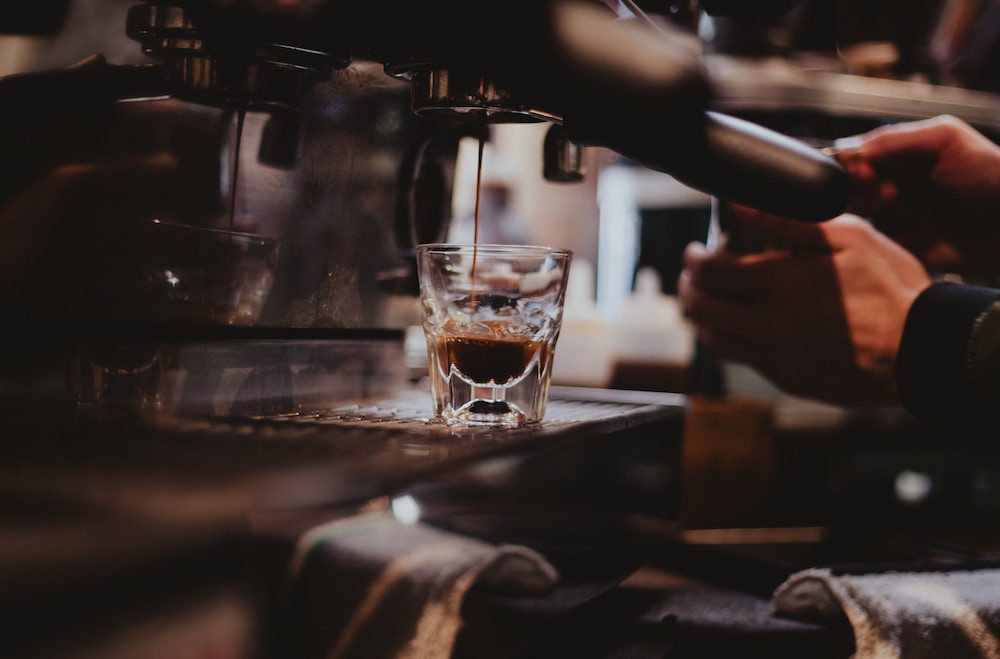
The Development of the Espresso Machine
Following Bezzera’s creation, he and Pavoni worked together to improve the espresso machine. After two years, they created the “Ideale” which was released at the 1906 Milan Fair.
After this release, Pavoni took charge of the business venture and went solo. The machine was then branded with the name “espresso” whilst the was advertised as being able to produce 1,000 coffees per hour. While the machine was successful, it was far from perfect; therefore, competitors saw an opportunity to improve it.
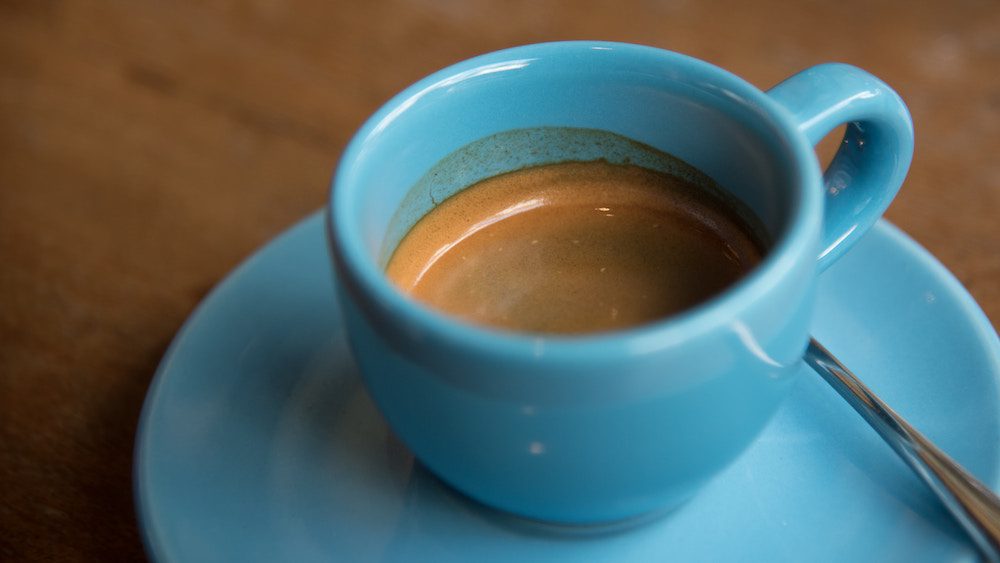
The Beginning of The Modern Day Espresso
Fast forward to 1938, and we can see how the espresso drink we enjoy today was created. Achille Gaggia, an inventor, created the machine that could increase the steam pressure from 1.5-2 atmospheres to 8-10 atmospheres.
The machine used a spring-piston lever to increase the pressure of the water in the boiler further. The process would work by the barista pulling down on the spring-piston lever as this would increase the force of the water inside the cylinder. Then, the machine would begin to pour the espresso, without a burnt, bitter taste that was such an issue with previous models.
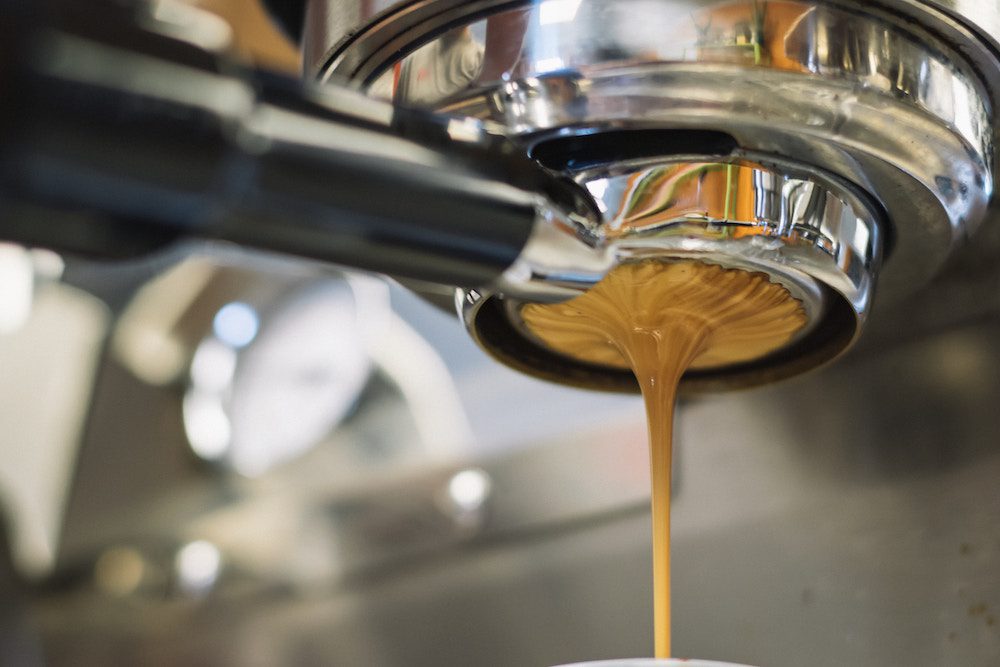
Following this incredible leap in the development of the espresso machine, Gaggia continued to build machines throughout WWII, which then led them to create a company.
Since Gaggia, many more individuals and companies have further developed the espresso machine to what we know today. If you are interested in the history of other coffee brews, why not take a look at our previous blog that explores the creation of the cappuccino.
Whether you have an interest in coffee or would like to start a new business venture, Esquires Coffee have several franchise opportunities available. There are numerous advantages to franchising and choosing Esquires Coffee means you can become part of a globally recognised brand.
